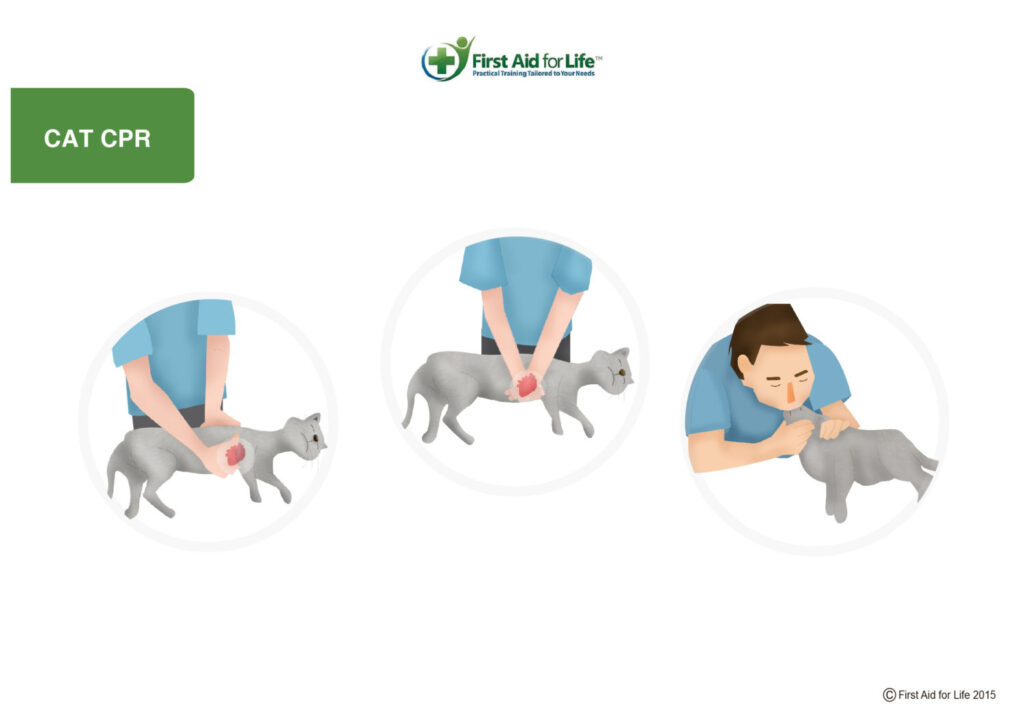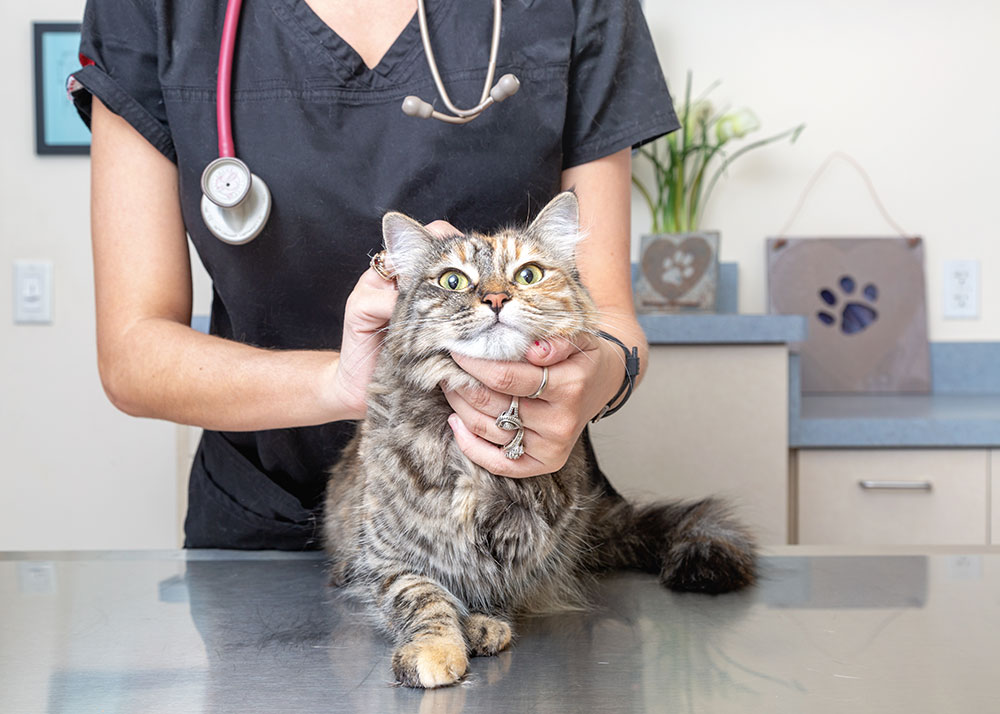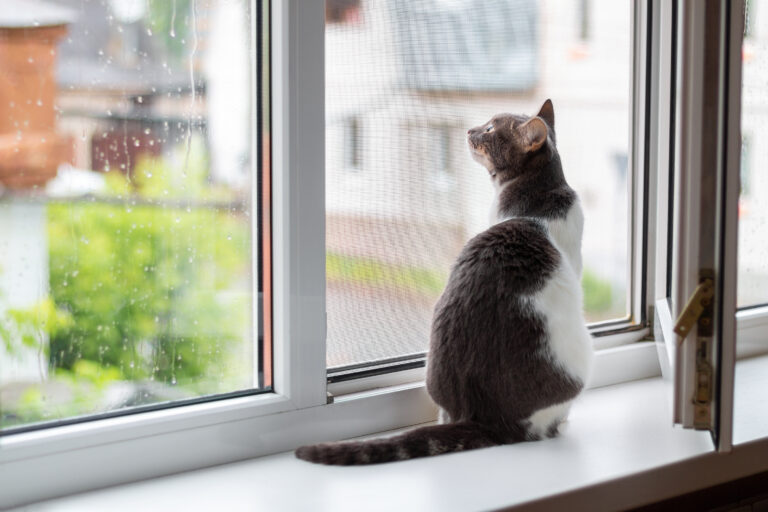April is Pet First Aid Awareness Month, and we thought we’d chat through some of the basic Cat First Aid owners should get to know in case they find themselves in a cat emergency. Hopefully it’s not something you’ll ever have to put into practice, but it’s always good to be prepared. First aid is there for us to act quickly and responsibly in order to keep our cats as safe as possible before they are seen by a medical professional.
The number 1 piece of advice in an emergency is to try and stay as calm as possible. Much easier said than done, but super important for the safety of your cat. Trying to stay calm and assess any further threat.
Keeping your cat warm (unless in the case of heat stroke), quiet and still until they are assessed at the vets will help to avoid any further injury or damage, especially if there is already trauma.
Calling a veterinary professional for immediate advice will ensure you are doing the best you can until you arrive at the vets. Transporting your cat to the vet may be tricky, but rather than struggling with small doors on cat carriers, opting for a sturdy box and a thick towel will be best. Don’t attempt to push your cat through a small door/entrance if they are sick or injured.
If the cat you encounter in an emergency isn’t your own, it may be harder to keep them calm. Lots of animals in emergencies will be panicked and scared, so keeping a calm and soothing tone is a good start. You may also need to use a blanket to gently drape over the cat to keep them as calm as possible, as well as protecting yourself from possible harm. Be sure to leave breathing space and be very cautious doing this if you suspect any breaks or fractures.
Dealing with Shock
If you encounter a cat that is in shock, it’s important to be able to recognise this and act accordingly. The main threat from shock is a dramatic fall in blood pressure which can be life threatening.
The signs of shock in cats are as follows:
- Weak pulse
- Rapid heart rate and breathing
- Pale gums/lips/eyelids
- Cool or cold extremities
- Potential vomiting
- An extreme lack of energy/severe depression
Just like in humans, if your cat is showing any of these signs, we go back to our A,B,C’S.
Airways – check for anything obstructing the cat’s airways and clear anything you find.
Breathing – If the cat doesn’t appear to be breathing, attempt gently pumping the chest whilst feeling behind their elbow for a pulse.
Circulation – if no heartbeat or pulse is detected, it is necessary to move on to rescue breathing and CPR.
Rescue Breathing
- Carefully pull the tongue out of the mouth.
- Extend the head and neck so that they are in a straight line. NEVER overextend the neck of a cat with a clear head/neck trauma. Carefully clear the mouth of any debris that may be obstructing breathing.
- Place your hand over your cat’s muzzle while holding the mouth shut and extend the neck. Make sure there is a relatively tight seal around the muzzle.
- Blow into the cat’s nostrils, giving two to three breaths and watch for a rise in their chest. For rescue breathing, provide 10 breaths per minute. If there is no rise in the chest, try repositioning the neck or searching for any airway obstruction.
- If your cat fails to breathe on its own, you may attempt an acupressure manoeuvre. Press firmly with your fingernail or another hard, dull object in the space between the nostrils and the upper lip (nasal philtrum). Do this for 10–30 seconds.
If there are no clear changes after creating an airway and performing rescue breathing, move on to CPR.
CPR
Before starting CPR, make sure there is no major bleeding. If there is, then you will need help managing this before attempting CPR.
- Where possible, lay your cat on their right side.
- Feel for a heartbeat or pulse. The femoral pulse is located inside the leg in the groin region and will be the easiest to locate.
- Bend your cat’s left forearm and check the location where the elbow touches their chest. This is close to the middle of the rib cage.
- Using one hand, compress their chest from both sides by putting your fingers on one side and your thumb on the other side of the chest. Compress the chest 100–120 times per minute. The rate should be around 30 compressions for every two breaths.
- Try to compress the chest wall at least 30-50%. This is about 2cm in the average cat.

Whether or not you manage to stabilise your cat yourself, it is essential to get them to the vets as quickly as possible in any emergency situation.







